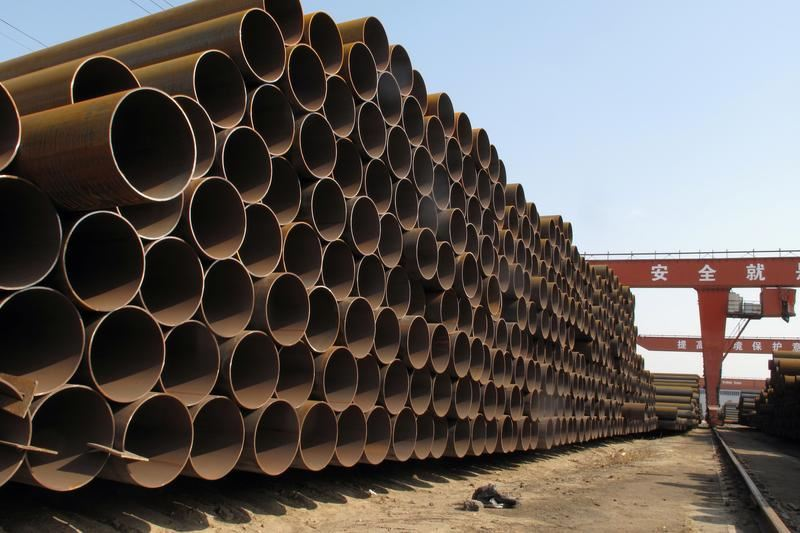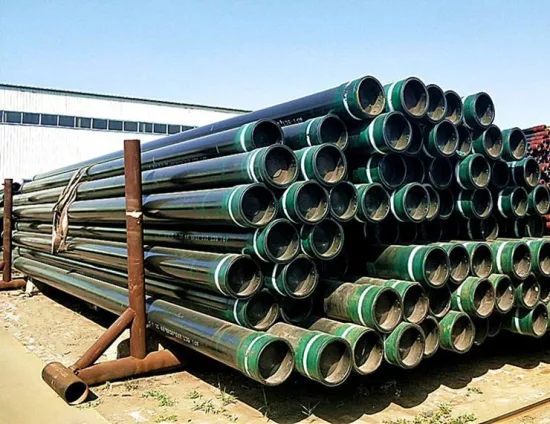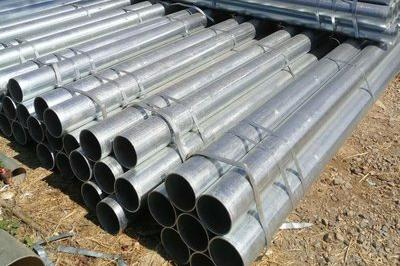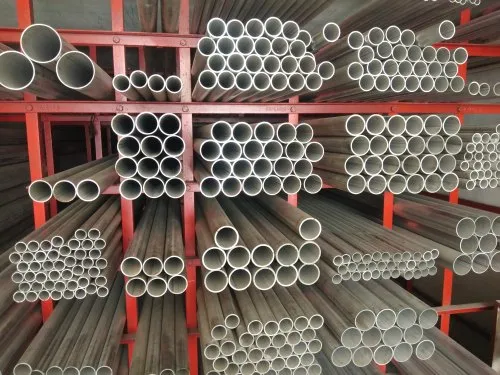Industrial News
-

10 Ways to remove burrs from seamless steel tubes
Burs are ubiquitous in the metalworking process. No matter how advanced and sophisticated equipment you use, it will be born with the product. This is mainly due to the plastic deformation of the material and the generation of excessive iron filings at the edges of the processed material, especia...Read more -

Stress of API 5CT Oil Casing in Oil Well
The stress on the API 5CT oil casing in the oil well: to ensure that the casing running into the well is continuous, not cracked or deformed, the casing is required to have a certain strength, enough to resist the external force it receives. Therefore, it is necessary to analyze the stress on the...Read more -

Six processing methods commonly used for seamless pipes
There are six main processing methods for seamless pipes (SMLS): 1. Forging method: Use a swage forging machine to stretch the end or part of the pipe to reduce the outer diameter. Commonly used swage forging machines include rotary type, connecting rod type, and roller type. 2. Stamping method: ...Read more -

Tensile strength and influencing factors of seamless pipe
Tensile strength of seamless pipe (SMLS): Tensile strength refers to the maximum tensile stress that a material can withstand when it is stretched by an external force, and it is usually used to measure the damage resistance of a material. When a material reaches tensile strength during stress, i...Read more -

Advantages, disadvantages and development direction of spiral welded pipe
Spiral welded pipe (ssaw): It is made by rolling low-carbon carbon structural steel or low alloy structural steel strip into a tube blank according to a certain helical angle (called forming angle), and then welding the pipe seam. It can be made with narrower strip steel produces large diameter s...Read more -

General regulations for carbon steel pipe installation
The installation of carbon steel pipes should generally meet the following conditions: 1. The pipeline-related civil engineering experience is qualified and meets the installation requirements; 2. Use mechanical alignment to connect with the pipeline and fix it; 3. Relevant processes that must b...Read more






